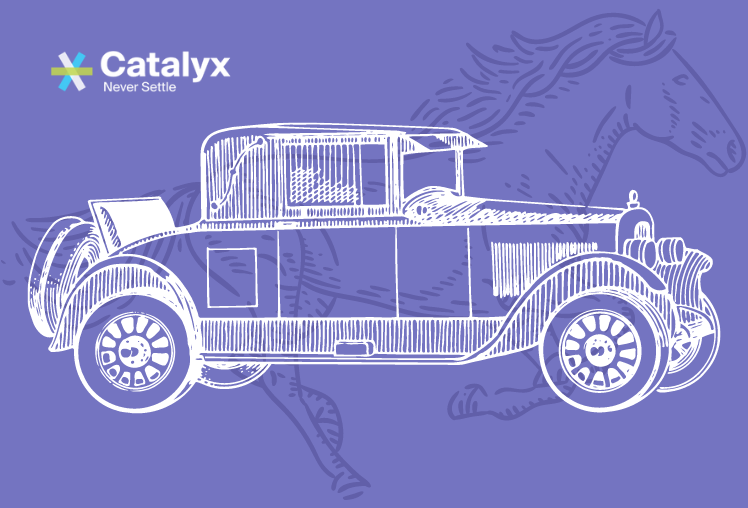In finding and serving his brand’s hidden consumer needs, Henry T. Ford once famously declared that market research was overrated. When discussing transport innovation, Ford said that consumers – if they had been given a say in the matter – would have claimed they wanted a faster horse, not a state-of-the-art automobile. However, one look at the road outside will tell you that people did, in fact, end up preferring cars over our equine friends, despite what consumers would have claimed at the time. It seems that Ford had a fairly low opinion of researching consumer claims in the development journey…
Ford wasn’t entirely wrong
Ford’s dismissal of consumer closeness does have merit if your innovation development journey begins and ends at research. This is particularly true for the two mainstays of the consumer research industry; Qual is deep but narrow, and Quant is broad but shallow. Both do fall victim to bias and claimed behaviour; creating an uncomfortable dichotomy between overly-subjective insights and stunted, short-sighted data.
When Ford suggested that consumers wanted a faster horse, he was highlighting the limitations of face-value findings and saying that innovation cannot come from research alone. It would be easy to end up at the “faster horse” conclusion and never develop the car unless a third route was taken – one that did not rely purely on claims. This route instead would have to ask the right questions and process insight through analysis to activate the actual truths lying beneath the surface.
The right route to consumer-centricity
Consumers may well have claimed they wanted a faster horse – but of course they would! Try explaining a car to someone when all they know is a horse. This doesn’t mean you shouldn’t get as close to the consumer as possible. It means that you should look at their responses differently.
Catalyx uses the Qual at Quant scale approach, combined with proprietary award-winning processes that elevate and uncover the real consumer motives behind even surface-level responses. Yes, consumers might request simplistic improvements to existing products or solutions; but it’s essential to decipher their underlying motivations. In doing so, far more could be unlocked.

Extrapolating with a little more nuance, the consumer Ford spoke of likely not only wanted a faster horse, but a more reliable, easier-to-maintain one that got sick less and cost the same or less than their current one. A few generations later, they would have wanted a horse with cup holders and a heated saddle.
In today’s rapidly evolving market landscape, businesses must adopt a more proactive, holistic approach to market research. Instead of simply asking customers what they want, what sets innovation’s winners apart is their researching ability to delve deeper.
Changing from what is… to what could be
By reframing the central question in broader terms, you’ve suddenly replaced limitations with possibilities.
We speak in terms of what we know. It doesn’t mean that we wouldn’t like to know more. By looking beyond the framework of the limiting language of what IS and turning your attention to what COULD be makes all the difference. From there you can replace the word ‘horse’ with a wider term… perhaps ‘a way of getting between A and B’. Suddenly it’s clear that the consumer need would in fact be solved with a car!
Re-write the central theme of the question you are trying to solve in much broader strokes and see where it gets you. This is a vital part of the approach Catalyx takes to solve innovation challenges and discover unconventional solutions that address and surpass consumer needs.
While the outcome may not always result in the creation of the next Model T Ford, embracing a broader perspective in problem-solving can lead to a more diverse and innovative range of solutions. By challenging conventional thinking and embracing creativity, businesses can unlock new avenues for growth and differentiation in the market.

Ready to surpass your consumers’ expectations?
We’re ready to unlock your innovation’s success, and won’t settle until our work does just that.
Don’t just take our word for it; check out our new website’s Case Studies to discover how our qual at quant scale approach has supercharged the success of innovations across industries.
Follow us on LinkedIn to make sure you never miss an announcement.
Let’s talk. Click here to unlock your crowd.
(Independent research conducted by Catalyx)





